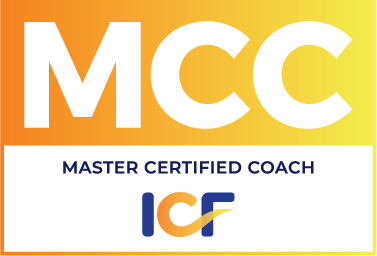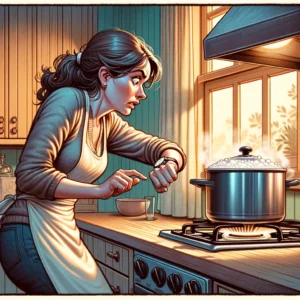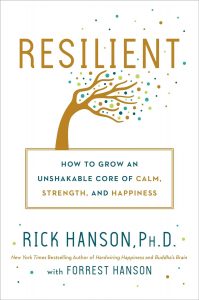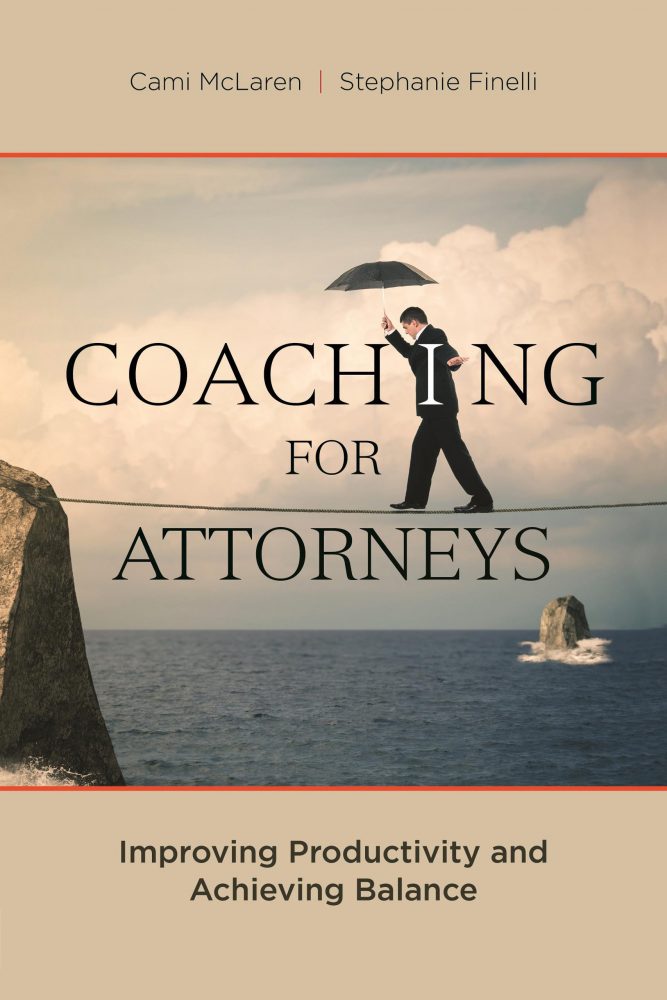I just read this earlier this week:
“But habits are like clothes. We can put them on and we can take them off. Yet, as we well know, when we get very attached to wearing clothes, we don’t want to take them off. We feel as if we’ll be too exposed, naked in front of everyone; we’ll feel groundless and insecure and we won’t know what’s going on.”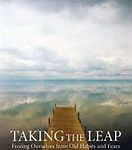 (Taking the Leap, Pema Chodron.)
(Taking the Leap, Pema Chodron.)
Our habits keep us safe. A habit is a repetitive behavior. But importantly, a habit is a repetitive thought as well. Pema Chodron is great at challenging us to think differently. She points out how we think habitually and how our habitual thoughts limit possibility. Possibility is very important in business and in other areas of life.
This quote made me start thinking about how we choose our clothes. Often it is to make us look better. S ometimes it is to try to get a certain result – a job offer, an experience of professionalism, having someone be attracted to us. As if the clothes we wear will be the thing that tells people who we are. Our habits are similar and for most people the habits we exhibit give them at least a perception of who we are. It is almost like we go in our closet each morning and say, “What is appropriate to this situation?” And often we do that without thinking.
ometimes it is to try to get a certain result – a job offer, an experience of professionalism, having someone be attracted to us. As if the clothes we wear will be the thing that tells people who we are. Our habits are similar and for most people the habits we exhibit give them at least a perception of who we are. It is almost like we go in our closet each morning and say, “What is appropriate to this situation?” And often we do that without thinking.
There’s a great phrase that I repeat often: “Every action (and thought) is part of an old habit or part of a new habit.” I love this because it makes me become so much more conscious about what I’m doing. Is this what I’ve always done? Or is it new? Is what I am thinking what I’ve always thought? Or is it something new?
And when I go into the closet to pick out my clothes, am I conscious about the role these clothes will have? Are these the clothes I always wear? Are these the clothes that make me feel safer? Are these clothes going to get me what I want? Or are they going to keep me where I’ve always been?
We also wear clothing to keep us from being or feeling vulnerable. The same is true with our habits.
For example, if you go to a meeting and you get nervous and you talk a lot, can you stop and hear yourself? Can you say perhaps this way of communicating with these people is not appropriate to this moment in time? Or does the talk-a-lot-when-nervous habit take over?
What about the way you think? I’ve posted before about how sometimes in business development, professionals believe that bringing in clients is hard or that there are only some ways that work. Often those habits of thought say, “this is the only thing that works” and ironically it doesn’t even work that well. If you believe all new clients will come from networking meetings and you hate attending them and you don’t get great results (or even if you do get great results) this pattern of thought will keep you from ever changing your behavior and finding another, possibly better, way of doing things.
This is one of the reasons that breakdown tends to be so useful to people. (When I speak of breakdown, I mean an experience when things are not going how you want them to – to a greater or a lesser degree. This could be loss of an important client or an employee, a divorce or a health issue.) Breakdown often causes a forced new look at things. It’s kind of like if you live in southern California in the winter where it is a balmy 75 degrees and you then fly to Michigan, you will need new clothes. New circumstances often means new habits and ways of thinking and behaving.
But what would happen if you could change your patterns without going to Michigan? What if you started to think about things differently?
When I was in my 20’s I believed that it was imperative to be on time. I believed that lateness was a sign of disrespect. Then I became close to a woman who was always late. Quite late. But I valued our friendship so much and I got so much out of knowing her. I literally asked myself, “Am I going to sacrifice this friendship just because she is rarely on time?” I stayed friends with her and I started to look differently at time.
Often subconscious habitual thoughts and patterns of behavior occur in difficult situations. In emergencies or situations that you feel are out of your control. Where you panic or get stressed, your old habits will kick in. The first step is just to observe.
When I get in a difficult situation my thought pattern imagines all the worst case scenarios. That is where my thoughts go. I don’t do this when I am not stressed. It is a reaction to stress. My behavior is to move faster to try to alleviate disaster. Of course no disaster is really coming. These are the patterns of my thoughts and my behaviors. Once I saw that, I learned that I could talk to myself in a different way, or even just laugh at myself and I could slow down. It’s not always easy, but when I put new ways of thinking and behaving into effect before I get stressed, I have a better chance of not putting on those same clothes again. I can consciously find clothes that actually fit the weather.
Start to observe the weather, and the metaphoric “weather”. What clothes are most appropriate? Note, especially under stress, where you tend to go to habitual ways of being and thinking. Choose a different response. You will start to break up habits and see new possibility.


